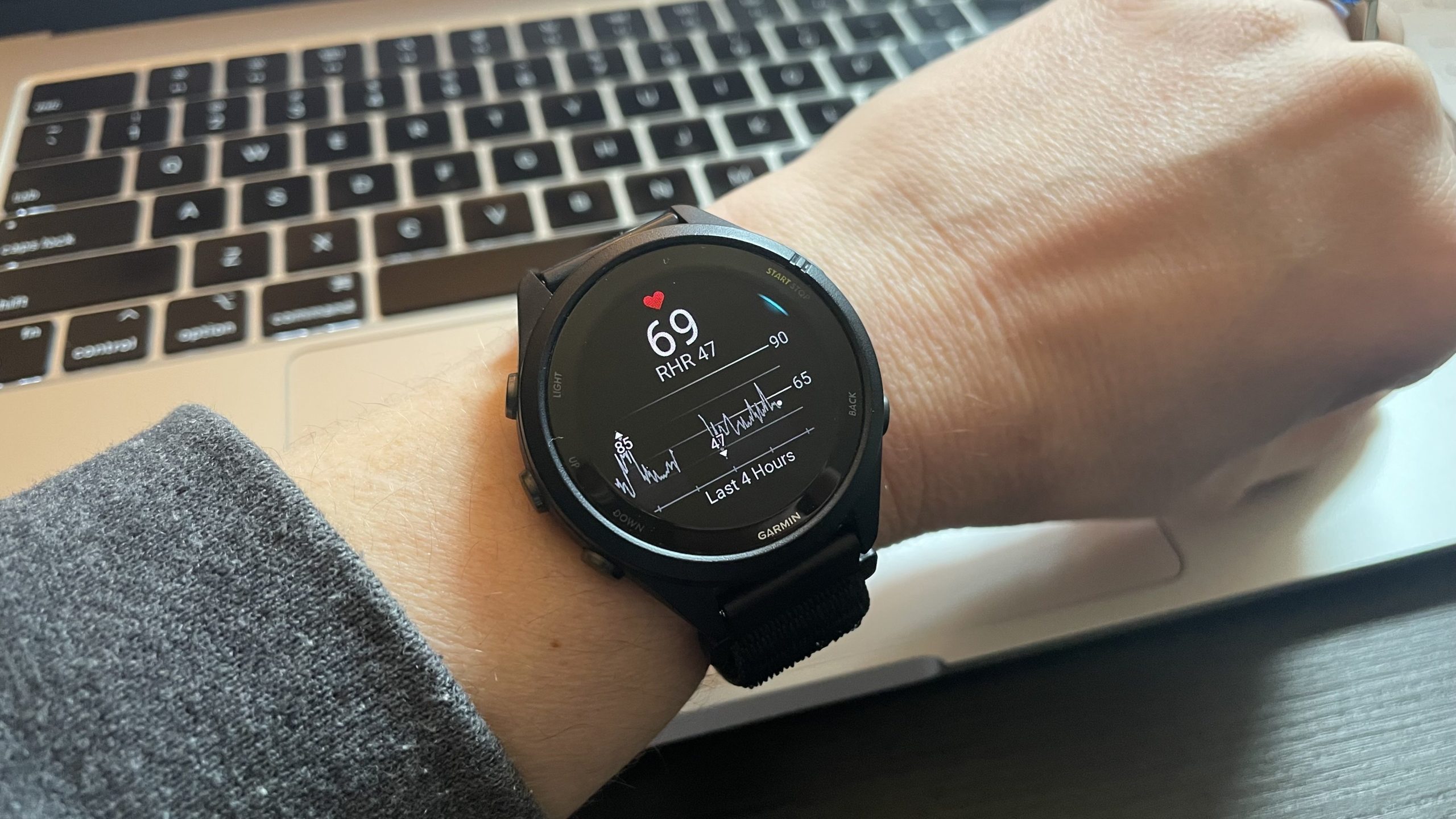There are plenty of places worth investing your money for long-term growth. But what about short-term savings? Shouldn’t you be able to earn a little something extra on that, too?
A high-yield savings account functions like a traditional savings account but offers significantly higher interest rates. More specifically, the average interest rate on savings accounts is currently 0.41% per the FDIC. Compared to those meager returns on a traditional savings account, high-yield alternatives can deliver more than 4.50% APY—turning a potential $50 annual return on $10,000 into $450 or more.
These accounts are typically offered by online banks and financial institutions with lower overhead costs, allowing them to pass those savings to customers through better rates. So: With all the high-yield savings accounts out there, how do you choose?
What to look for in a high-yield savings account
While maximizing returns is going to be your top priority, here are other features to consider when choosing your high-yield savings account.
Annual percentage yield (APY)
The APY represents your actual return after compounding interest. This aspect is no doubt your top priority. Even small differences in APY can significantly impact your earnings over time. Currently, the most competitive high-yield accounts offer between 4.50% and 5.25% APY.
Fee structure
While many accounts don’t have a minimum deposit to open an account (remember, they want you to sign up), some charge a monthly fee if your balance is below a certain threshold. For example, Citi Accelerate Savings charges $4.50 per month if you don’t keep a minimum of $500 in your account. Look for accounts with:
-
No monthly maintenance fees
-
No minimum balance requirements
-
Free transfers between linked accounts
-
Reasonable excessive withdrawal fees (if any)
Access to your money
Since you’re probably housing short-term savings in one of these accounts, you’ll want to be sure you can access your money when you want to withdraw it to pay for your next family vacation or the new brakes the car will need this year. Consider how you’ll need to use these funds:
-
Do you need ATM access?
-
Is mobile check deposit available?
-
How many monthly transactions are allowed without penalty?
-
How quickly can you transfer funds to your primary checking account?
Insurance protection
Ensure your deposits are federally insured. FDIC insurance for banks goes up to $250,000 per depositor; NCUA insurance for credit unions has the same coverage limits. Most financial institutions are up front about this, noting their FDIC status on the homepage or account features list. A lot of banks put “Member FDIC” right next to their name.
User experience
Read some reviews and ratings for the account’s mobile app, customer service, and account opening process.
Minimum deposit requirements
While many accounts don’t have a minimum deposit to open an account (remember, they want you to sign up), some charge a monthly fee if your balance is below a certain threshold. And still, some accounts do require substantial opening deposits or minimum balances to earn the advertised APY. Choose an account that aligns with your financial situation.
Some of the top high-yield savings accounts right now
Let’s take a look at how you might decide between some of the most competitive accounts on the market right now. I broke down some of the most popular options by their APY, as well as the factors that help minimize fees and ensure easy access.
Minimum balance: $0
Monthly/overdraft fees: None
What else to consider: Combination checking and savings account; no branch access, fees for cash deposits
Capital One 360 Performance Savings
-
Minimum balance: $0
-
Monthly/overdraft fees: None
-
What else to consider: Highly rated user experience, no minimum opening deposits; no cash deposits at many partner ATMs
CIT Bank Platinum Savings
-
APY: 4.10% (on balances of $5,000 or more)
-
Minimum balance: $0
-
Monthly/overdraft fees: None
-
What else to consider: No free ATM network, but ATM fee rebates; high minimum opening deposit
EverBank Performance Savings
-
Minimum balance: $0
-
Monthly/overdraft fees: None
-
What else to consider: No minimum opening deposits; limited branch access.
More tips to maximize your savings
As you choose the right account for you, there are extra strategies you can start practicing to really hack your savings.
Rate chasing vs. convenience
While chasing the highest rates can maximize returns, consider the hassle of frequently opening new accounts. Sometimes accepting a slightly lower rate (within 0.25%) from a more convenient or full-featured institution makes sense.
Laddering your savings
Consider splitting your funds between high-yield savings accounts and certificates of deposit (CDs) to create a “ladder” that balances liquidity and higher returns. You can play around with this CD ladder calculator to see if it’s worthwhile for you.
Special promotions
Many banks offer promotional rates or cash bonuses for new customers. These can sometimes provide better short-term value than a slightly higher standard APY.
The bottom line
Once you feel settled on a high-yield savings account option, don’t bop around chasing rates. It’s not worth switching savings accounts to go from a 4.1% APY to a 4.3% APY. The whole idea of having a savings account is to let your money work for you, not to have to bust a move to keep up with interest rates. And since rates fluctuate, you may find that your interest rate increases without you having to do a thing.
By prioritizing the factors most important to your financial goals—whether that’s maximizing returns, minimizing fees, or ensuring easy access—you can select an account that puts your money to work for you. Remember that while rates can change with market conditions, the habit of keeping your extra cash in a high-yield account rather than a traditional low-interest option is a savvy move all around.

Meredith Dietz
Senior Finance Writer
Meredith is a personal finance aficionado, marathon-runner, and stand-up comedian.
Lifehacker has been a go-to source of tech help and life advice since 2005. Our mission is to offer reliable tech help and credible, practical, science-based life advice to help you live better.
© 2001-2025 Ziff Davis, LLC., A ZIFF DAVIS COMPANY. ALL RIGHTS RESERVED.
Lifehacker is a federally registered trademark of Ziff Davis and may not be used by third parties without explicit permission. The display of third-party trademarks and trade names on this site does not necessarily indicate
any affiliation or the
endorsement of Lifehacker. If you click an affiliate link and buy a product or service, we may be paid a fee by that merchant.






























